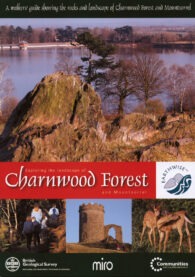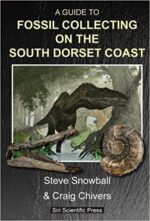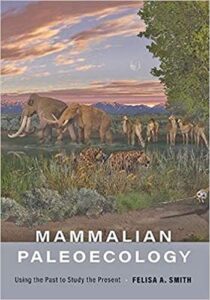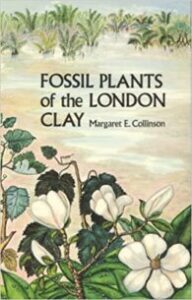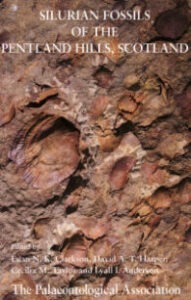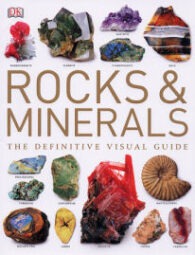This latest publication from the British Geological Survey follows the success of its earlier publication, ‘Exploring the Landscape of Assynt’. It consists of a special pack containing both an explanatory booklet and a new 1 : 25,000 scale geological map of the Charnwood Forest and Mountsorrel area.
